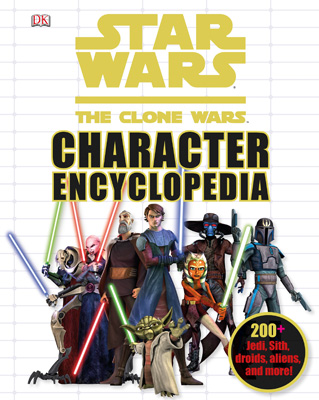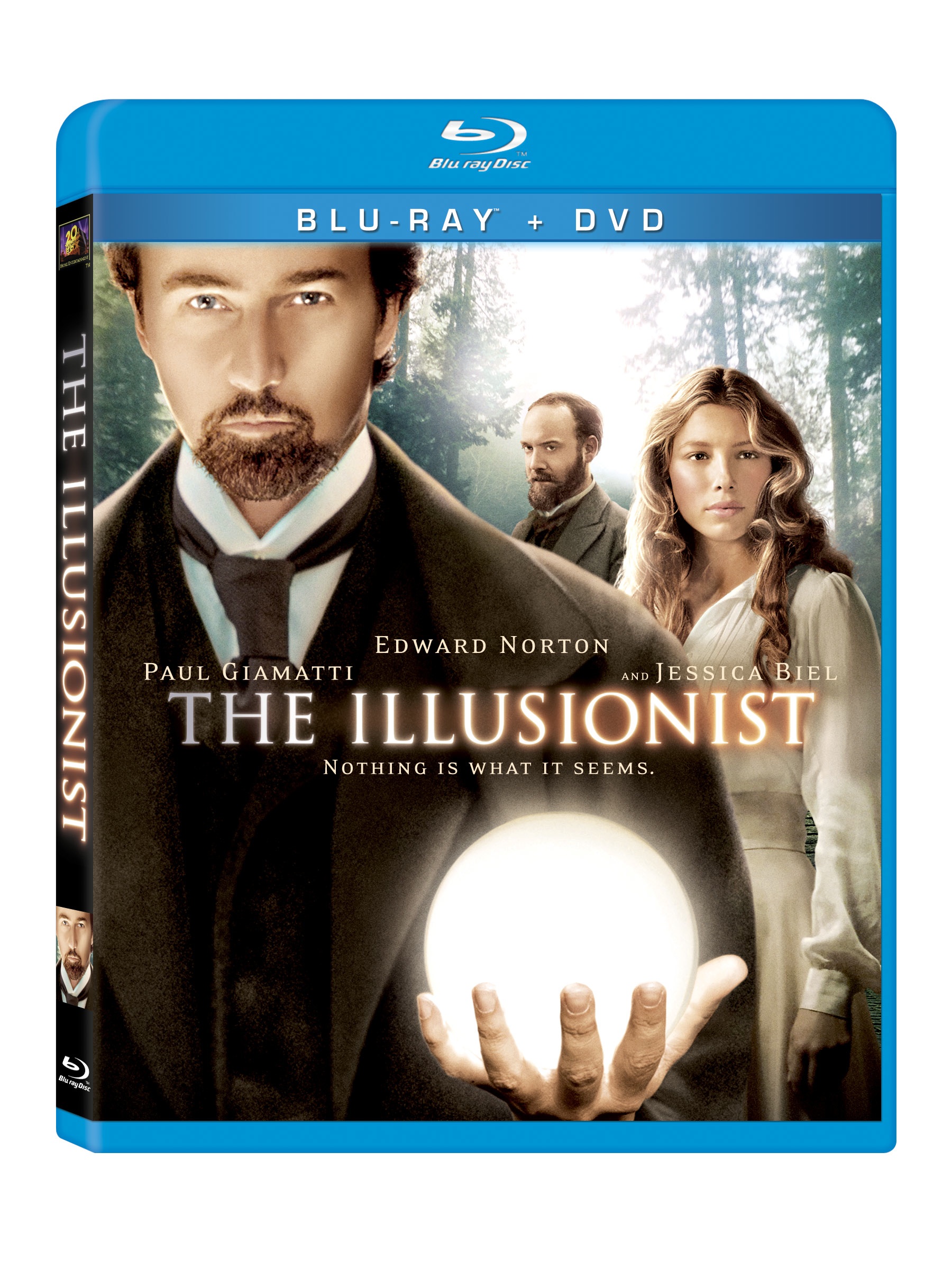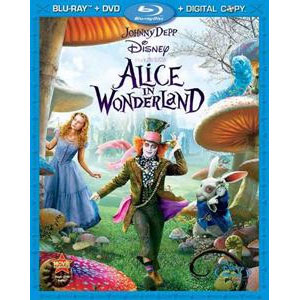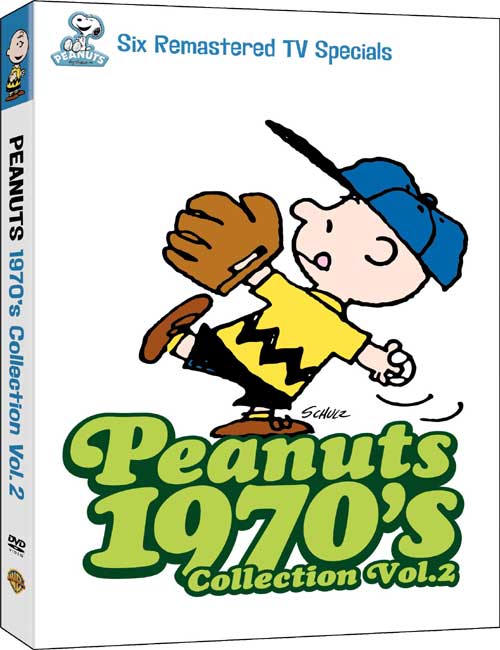Review: ‘Avatar: The Last Airbender: The Complete Book 1 Collector’s Edition’
![]() If you’ve been to a movie theater in the past five months, chances are you have seen a trailer for M. Night Shyamalan’s live action version of [[[Avatar: The Last Airbender]]]. If you’ve been in the audience for a family friendly film, you’ve probably also heard many parents and kids excitedly buzzing about the trailers. But if the trailers for the major motion picture are all you know of The Last Airbender, you’re really missing out.
If you’ve been to a movie theater in the past five months, chances are you have seen a trailer for M. Night Shyamalan’s live action version of [[[Avatar: The Last Airbender]]]. If you’ve been in the audience for a family friendly film, you’ve probably also heard many parents and kids excitedly buzzing about the trailers. But if the trailers for the major motion picture are all you know of The Last Airbender, you’re really missing out.
My kids and I were first introduced to the series, which originally ran on Nickelodeon from 2005-2008, when a friend sang it’s praises as a wonderfully engaging show that was appealing to both kids and adults. The series, created by Michael Dante DiMartino and Bryan Konietzko, follows a boy named Aang, the last-known airbender (person with the ability to manipulate the element of air) who is also the Avatar – someone who has the power to master all four elements – who is discovered by a brother and sister from the Water Tribe and sets out with his new friends (along with a flying bison inspired by Miyazaki’s catbus) to defeat the war-hungry Fire Nation from destroying the world. My kids loved it, and it quickly became a household favorite. We also soon discovered that many of our friends were fans of the show, as well.
Now, in anticipation of Shyamalan’s film, Nickelodeon is releasing a shiny new collector’s edition of the first season, which goes on sale June 22nd. In addition to having the entire, completely awesome first season, there are special features and bonuses-a-plenty. The set comes with two exclusive bonus discs, along with a preview edition of the upcoming book Avatar: The Last Airbender – The Art of the Animated Series (which was released on June 15th). The book has a wonderful collection of concept sketches and descriptions of character development for the series. My kids squealed with delight when they saw the book and actually sat together nicely for over an hour to look at all of the pictures and discuss their favorite things about each character.


 Ever since it was mentioned in the original [[[Star Wars]]], fans have always been curious about the events of the Clone Wars. It was a never a factor in the original film trilogy, just a nifty throwaway line to add depth to George Lucas’ mythology. Then we got to finally learn of the wars’ origins in [[[Attack of the Clones]]] (2002) and [[[Revenge of the Sith]]] (2005).
Ever since it was mentioned in the original [[[Star Wars]]], fans have always been curious about the events of the Clone Wars. It was a never a factor in the original film trilogy, just a nifty throwaway line to add depth to George Lucas’ mythology. Then we got to finally learn of the wars’ origins in [[[Attack of the Clones]]] (2002) and [[[Revenge of the Sith]]] (2005). Stagecraft gained special attention in 2005 when Neil Burger adapted Steve Millahuser’s story as
Stagecraft gained special attention in 2005 when Neil Burger adapted Steve Millahuser’s story as  When you say [[[Showgirls]]], everyone snickers knowingly, usually making some joke about it being one of the worst movies since the invention of sound recording or how it’s evolved into a midnight cult classic. With the movie’s release on Blu-ray from MGM Home Entertainment today, it seemed appropriate to see how well the 1995 film has aged in 15 years.
When you say [[[Showgirls]]], everyone snickers knowingly, usually making some joke about it being one of the worst movies since the invention of sound recording or how it’s evolved into a midnight cult classic. With the movie’s release on Blu-ray from MGM Home Entertainment today, it seemed appropriate to see how well the 1995 film has aged in 15 years. Those of us who make their living using words can fully understand how a good book can motivate people. Some of the worst fictional scenarios have involved totalitarian societies banning or burning books so the notion that The Good Book was blamed for global annihilation is a powerful notion. The burning of all bibles in the wake of some near-future event is the spark that propels the compelling [[[The Book of Eli]]]. Out tomorrow from Warner Home Video, the movie is available as a combo pack (Blu-ray, Standard, digital copies).
Those of us who make their living using words can fully understand how a good book can motivate people. Some of the worst fictional scenarios have involved totalitarian societies banning or burning books so the notion that The Good Book was blamed for global annihilation is a powerful notion. The burning of all bibles in the wake of some near-future event is the spark that propels the compelling [[[The Book of Eli]]]. Out tomorrow from Warner Home Video, the movie is available as a combo pack (Blu-ray, Standard, digital copies).
 Released on May 11th, eight years after we’d
Released on May 11th, eight years after we’d 20th Century Fox Home Entertainment has collected ten films from their vault and colorfully packaged them in the just released
20th Century Fox Home Entertainment has collected ten films from their vault and colorfully packaged them in the just released  On the face of it, Tim Burton and Johnny Depp teaming up to interpret
On the face of it, Tim Burton and Johnny Depp teaming up to interpret  As [[[the Peanuts]]] gang further cemented themselves into the fabric of American society, one could always count on the animated specials arriving each year. Unfortunately, as the 1970s progressed, the strip and specials continued to lose their charm and appeal, coasting on their heyday a decade previously.
As [[[the Peanuts]]] gang further cemented themselves into the fabric of American society, one could always count on the animated specials arriving each year. Unfortunately, as the 1970s progressed, the strip and specials continued to lose their charm and appeal, coasting on their heyday a decade previously. One of the interesting themes rarely explored in vampire movies is the idea that the more vampires you create, the more demand there is on the human blood supply. That changed earlier this year with Michael and Peter Spierig’s
One of the interesting themes rarely explored in vampire movies is the idea that the more vampires you create, the more demand there is on the human blood supply. That changed earlier this year with Michael and Peter Spierig’s 








